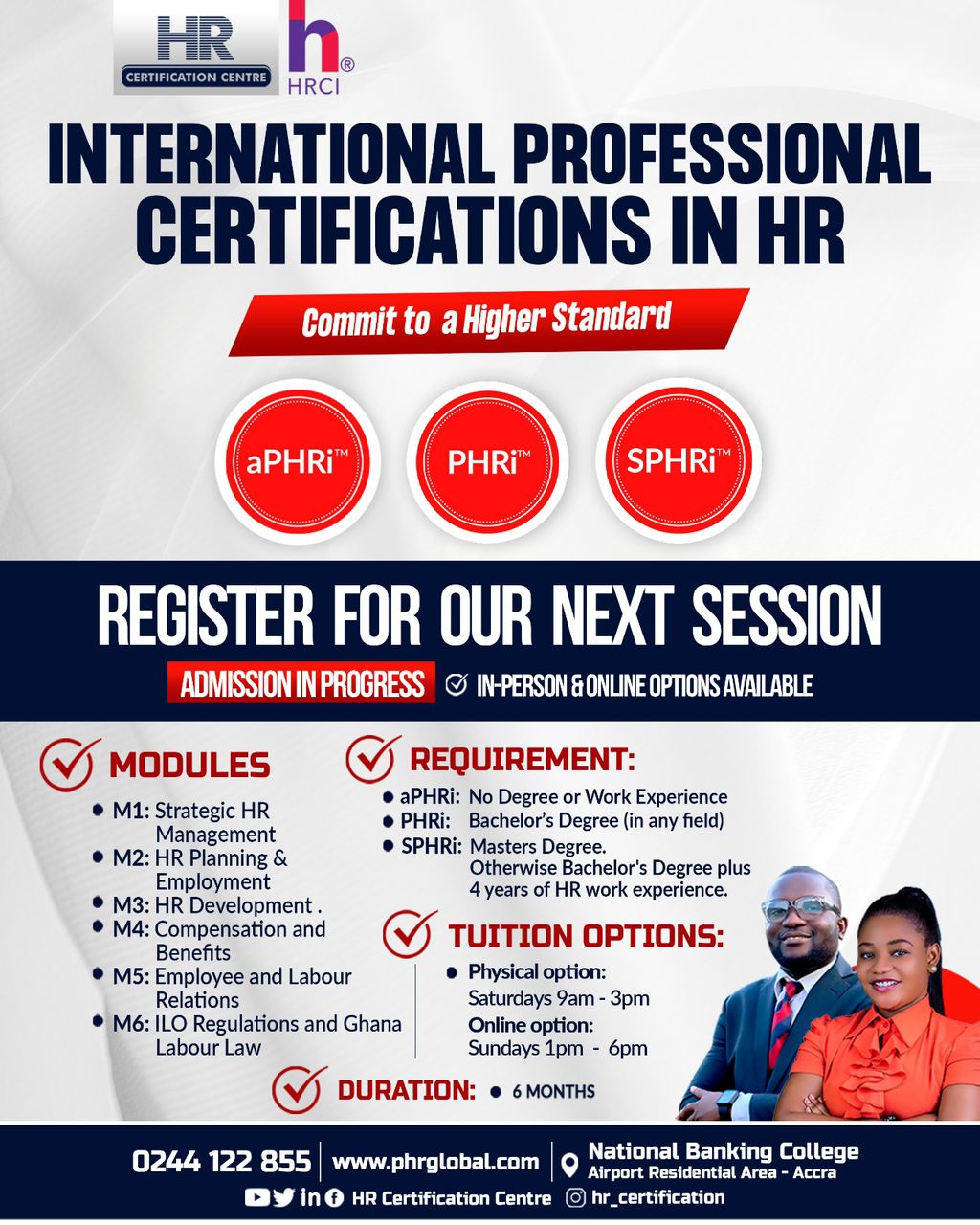In the olden days, I mean about 100 years ago when mobile phones and social media were not in existence, one of the means information was disseminated was through people who were known as messengers. They were the medium through which the sender transmitted information to the receiver.
These messengers traveled miles across for days to deliver information which was time-consuming and sometimes led to information distortion. Despite how slow, stressful and possibly unreliable these means were, these messengers were superheros. You could equate their power to that of Mark Zuckerberg. In fact they were the Facebook and Instagram of the days.
Perhaps you imagine these rather outdated practices to have only occurred in more traditional settings, but truth is, that was the practice for most jurisdictions. Word of mouth was as powerful as Twitter. Please don’t laugh yet. There were no emails! Corporate organizations as well depended fully on this.
The advent of mobile phones and social media made information processing and receiving much easier eliminating the use of these legendary messengers. In recent times, weekly staff meetings, one on one meetings are no more the only best medium to communicate among staff members. The use of email has come to play a pivotal role in managing burnout in the workspace, it is the mainstay of communication. However, it is said to be a contributing factor to employee burnout.
How does the use of email increase burnout?
Employee Burnout is a very important discussion in the work environment because productivity is dependent on employees, so once they are burned out, it reduces speed and efficiency. While some people argue that burnout is a problem caused by the workers, others believe it is caused by the environment people find themselves in.
Email is the tool most people use to talk, share vital information among themselves and perform their roles in the workspace. It has helped reduce long meeting hours and time consumption. At the same, some share that emails are contributing to employee burnout. How do we balance the two to ensure employees effectively use this messaging app to do them better than harm?
Is E-mail traffic making you feel miserable?
The first thing most of us do when we get to the office is to check our emails. How do you handle it when you open your mail and your inbox slaps you with twenty to fifty messages emails at a go? How does having to stop what you are doing to check your email makes you feel?
A research team from the University of California Irvine investigation researched forty workers, using the wireless heart-rate monitors for twelve days. They recorded a heart rate variation which is a common indicator of mental stress. They also monitored their computer usage which enabled them to juxtapose email checks and stress. They found out that, “the longer one spends on email in [a given] hour the higher one’s stress for that hour”. They also found out that most people check and answer their emails swiftly without much attention and care when they are stressed. (The New Yorker)
Although emails are saving time it comes with a price. In 2021, about 319 billion emails were received each day. The number is expected to grow to 333 billion this year. Forbes, in this findings, further estimate that, on average, every office worker receives more than 120 emails every day
How to “Kick Out” email burnout.
I share a few pointers:
Work burnout can lead to anger, depression, lack of self-motivation, and stress. Learn to control it before it controls you. Email is supposed to do all the magic, free us some time and help reduce interpersonal communication within the work environment but now it has become a “ticking time bomb” instead of being the “Messiah” we know. You do yourself much favor if you optimize these relevant pointers I have shared to help ease the burnout.
